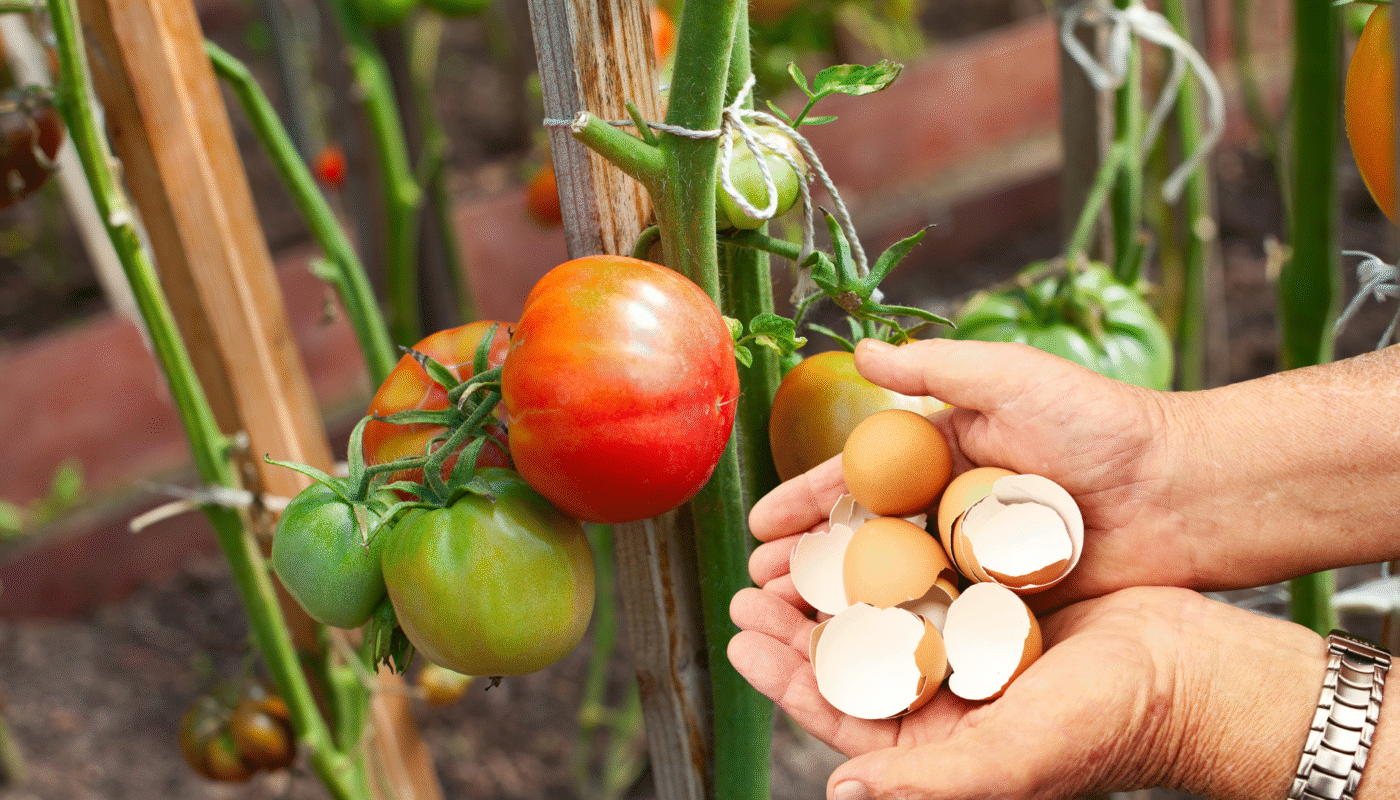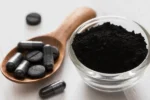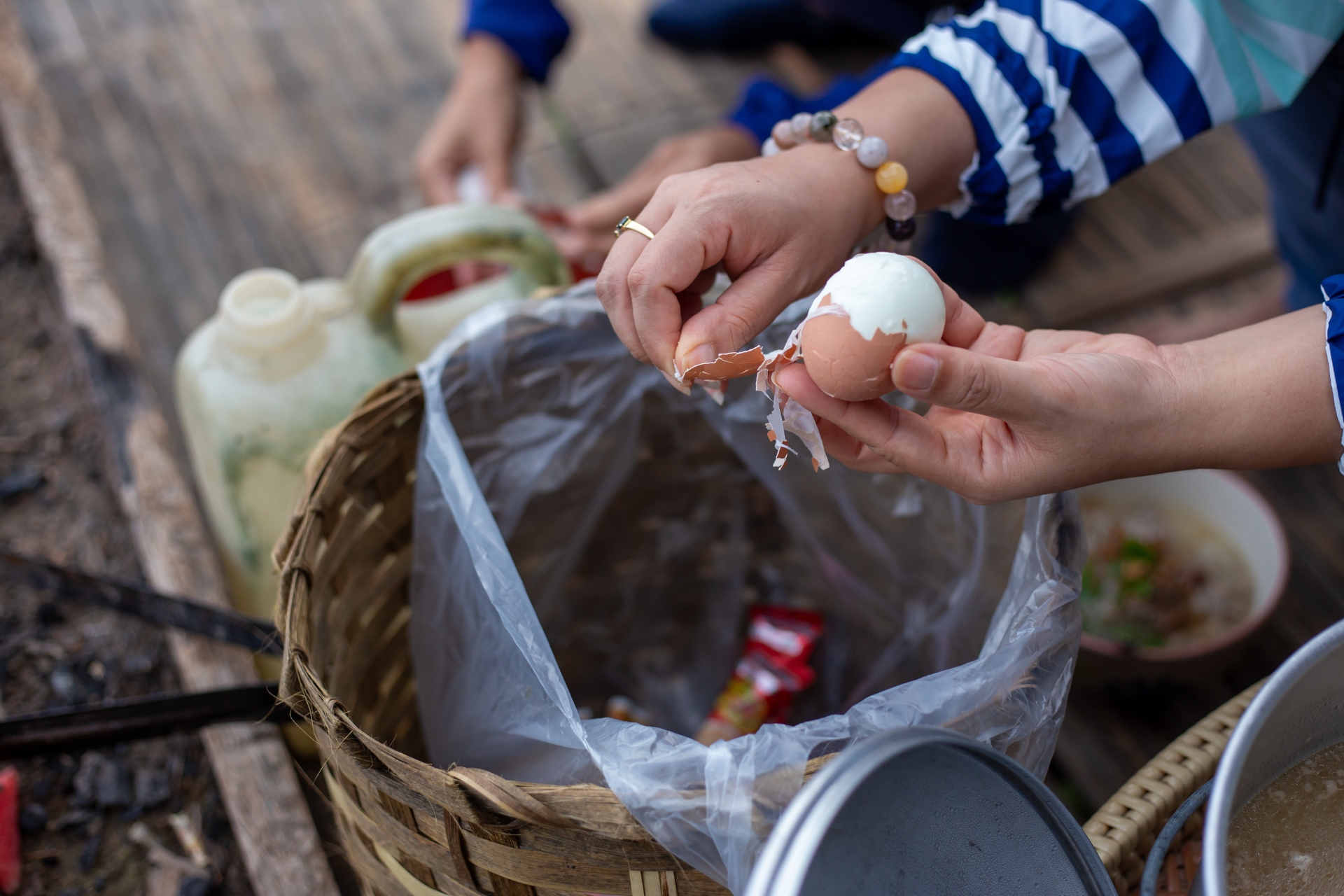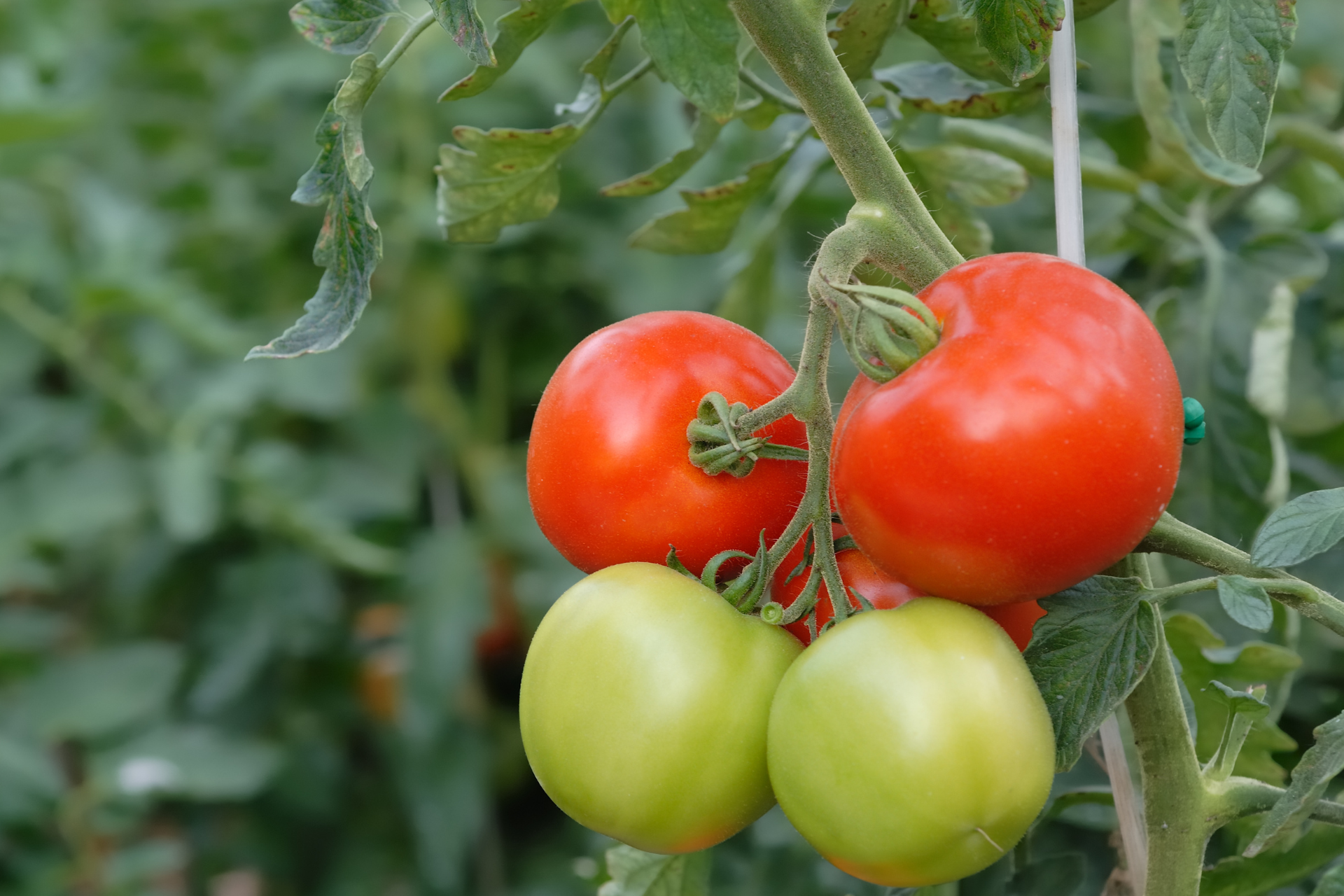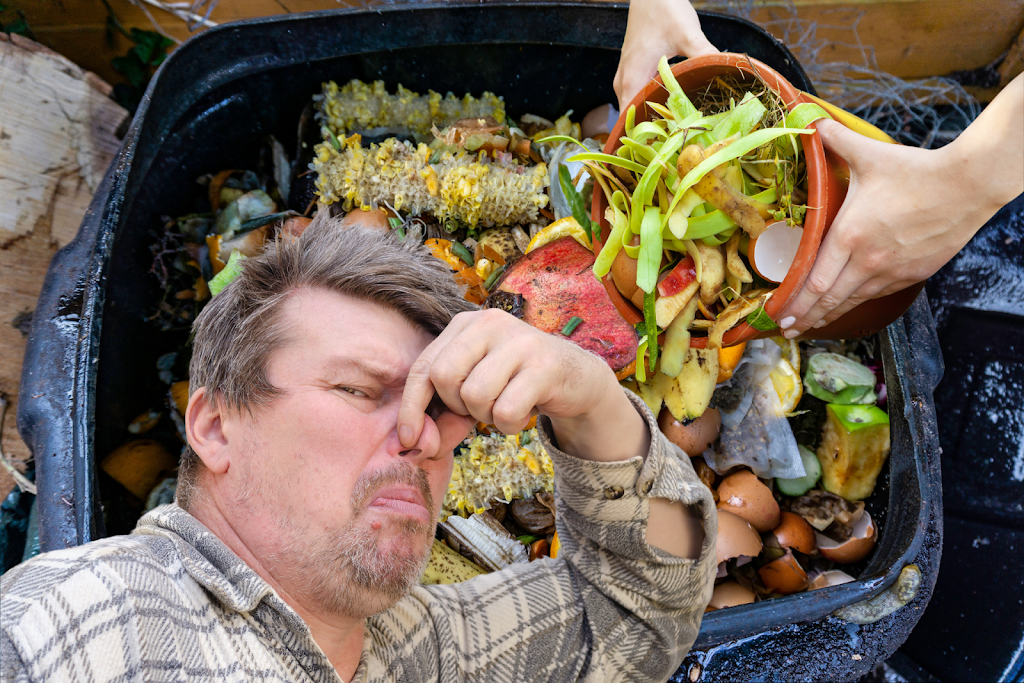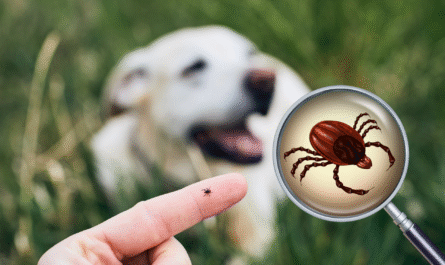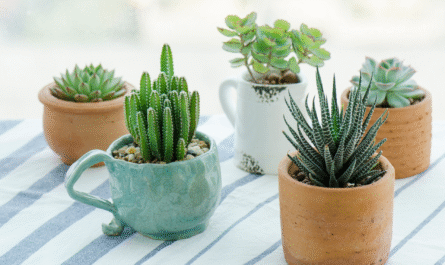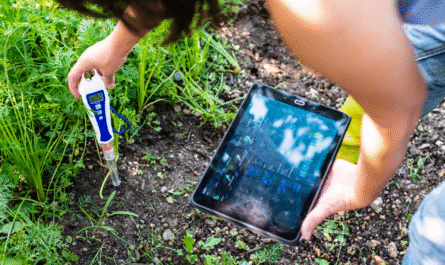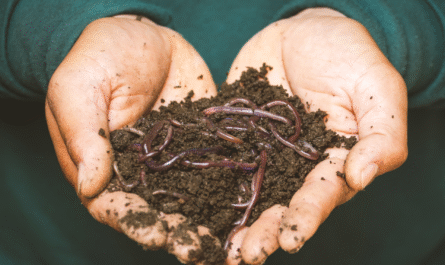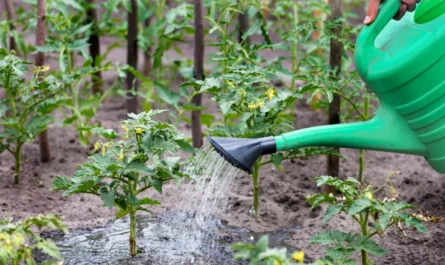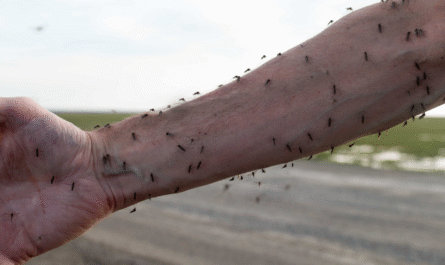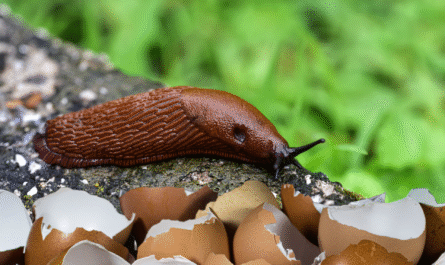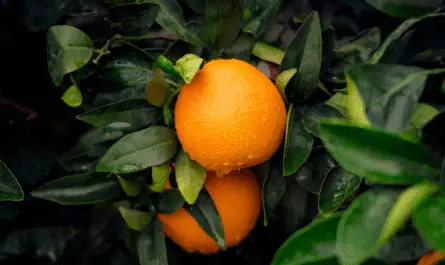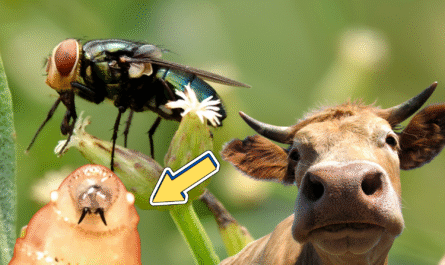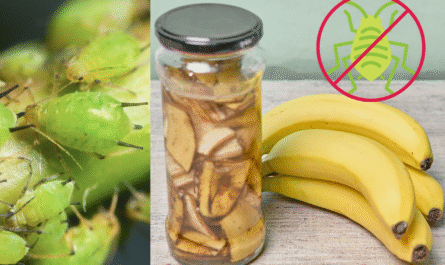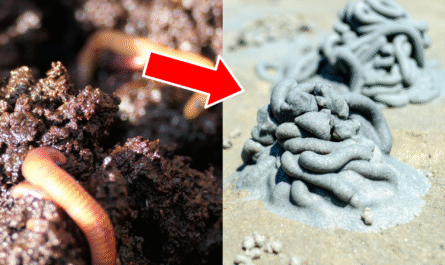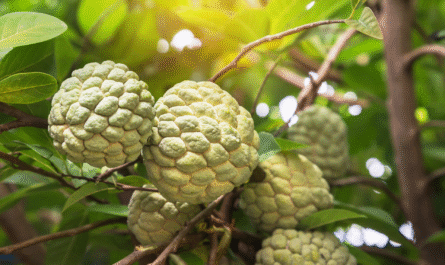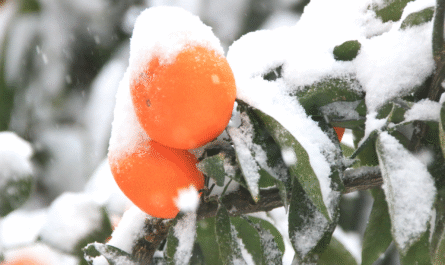I’ve been gardening tomatoes for years, experimenting with organic methods and home remedies. One of my most successful and surprisingly effective techniques has been sprinkling eggshells around my tomato plants. You’ve likely heard of this old‐school tip, but I want to dive deeper: why it actually works, how to do it properly, and how you can harness it to boost plant health, deter pests, and improve soil. I’ll walk you through every detail, sharing what works best in my own garden and why.
Eggs as a Source of Calcium
Calcium is critical to tomatoes. Without enough, you risk blossom end rot, a condition where the fruit ducts at the blossom end turn black, corky, and unappetizing. Eggshells, being nearly 100% calcium carbonate, release this element slowly into the soil as they decompose.
When I first noticed slight blossom end rot in a few plants, I crushed eggshells and sprinkled them around the base. Over the season, I saw fewer new incidents, and the tomatoes had firmer walls. Flowers set consistently, and fruit quality improved. It wasn’t an instant fix, it takes weeks for shells to break down, but that slow-release aligned well with the plants’ natural uptake during fruiting.
For heavy feeders or soils that test low in calcium, I still pair eggshells with occasional foliar sprays of calcium nitrate. But for most home gardeners with moderately healthy soil, eggshells alone can suppress blossom end rot and build resilience in the long term.
Natural Pest Deterrent
A scratching edge of crushed eggshells around tender seedlings creates a coarse barricade. Soft-bodied pests like slugs and snails aren’t fans of crawling over jagged shells, so they often avoid the area entirely.
I lay a two-inch wide ring of finely crumbled eggshell shards around the very base, replenishing after rain. In past seasons without shells, I’d scrape snail trails off low tomato stems, yuck. This year, damage declined noticeably. Snails still lurk under debris, but the seedlings avoid being munched. The key is sharp, dry shells, not smooth water-worn pieces.
Eggshells alone won’t eliminate slugs entirely, so I still combine this with hand‑picking at dusk, shallow beer traps, and clearing mulch in the base of plants. But eggshells are the silent frontline, bringing a physical barrier without chemicals.
Soil Amendment and pH Buffering
Calcium carbonate in eggshells also has an alkalizing effect. If your garden soil leans moderately acidic, shells help buffer and nudge the pH towards optimal ranges for tomatoes (6.2–6.8). That improves nutrient availability, and tomatoes prefer mildly acidic soil.
My raised beds started with pH tests around 5.8. After applying crushed and composted eggshells in spring, levels rose to a steady 6.3 over two seasons. Tomatoes thrived where they’d been struggling. I don’t rely solely on eggshells; I also add lime and compost annually, but the shells help balance slowly and organically.
Avoid over‑alkalizing; too much calcium carbonate could raise pH above the ideal. But in normal garden use, eggshell addition isn’t powerful enough to cause significant issues, so long as you selectively supplement based on soil tests, rather than dumping massive quantities.
Encouraging Soil Microbes and Compost Enrichment
Eggshells don’t just add minerals, they feed microbes as they break down. Soil bacteria and fungi degrade the calcium carbonate and assimilate it; some beneficial microbes thrive in those conditions. A richer microbial community enhances nutrient cycling and root health.
In my compost each year, I toss eggshells in alongside fruit waste and yard clippings. After six months, the compost has improved structure and microbial diversity. When I add that compost to my tomato beds, I get healthier root systems and better disease resistance, roots exploring deeper, fewer dead patches around stems.
You don’t need a full compost heap to enjoy the benefits. Even sprinkling crushed shells around plants and watering them in brings soil-dwelling microbes the raw material they enjoy. Just don’t scatter shells on the surface without mixing some into the topsoil or compost; otherwise, they take longer to degrade.
Enhancing Nutrient Recycling and Waste Reduction
If you’re cooking eggs in quantity, whether for breakfast or baking, you can turn waste into garden gold. Eggshell recycling is sustainable, cuts down your food waste footprint, and saves money on store-bought garden amendments.
I set a bowl by the sink as I bake cakes or fry eggs. When it’s full, I rinse, lay them out to dry, then crush them with a rolling pin or mortar and pestle. Those 60 seconds of effort save me from buying bags of agricultural lime or calcium supplements.
It also serves as a gardening ritual. Handling shells gets me thinking about the beds, planning rotations, and peeking for pests. There’s power in turning everyday kitchen scraps into garden boosters that repay you tenfold come harvest.
Cost-Effective Solution Compared to Store-Bought Fertilizers
Let’s put it: store-bought lime, granular calcium, or formulated fertilizers cost money. For homeowners who eat eggs regularly, shell recycling delivers the same chemical benefit virtually free. Even if commercial products offer higher concentrations, eggshells are zero-cost and natural.
In my garden, spring lime application costs about $15 per 40‑lb bag (treats 200 square feet). Eggshells? Zero dollars, even accounting for storage composting. I save money and reduce packaging waste for about 20 square feet; shells deliver enough calcium for one full tomato season.
That said, commercial calcium products may deliver faster, more precise results, which is key in serious commercial operations. But for home gardeners, eggshells hit the sweet spot: low cost, low effort, significant reward.
Technique
Crushing eggshells increases surface area and speeds breakdown. Steaming or baking them briefly helps kill pathogens. Here’s my refined process:
1. Rinse and bake shells at 200°F for 10 minutes—this sterilizes and dries them, so they don’t attract pests.
2. Use a rolling pin or blender to crush them into a pea-to-ground pepper grind.
3. Apply 2–3 tablespoons around each base and gently work into the topsoil or compost side dressings.
4. Reapply after heavy rain or every 4–6 weeks during the fruiting season.
Sterilizing prevents any foodborne risk. Crushing boosts microbial access. Applying in small, repeated doses mimics slow-release organic fertilizers. Don’t dump whole shells, they decompose too slowly.
Timing and Reapplication During Growth Cycle
Tomatoes go through phases: vegetative growth, flowering, fruit-set, and ripening. Calcium demand peaks during fruit development. Most blossom end rot appears 2–3 weeks after fruit set begins.
I start sprinkling right at transplanting, then again 3 weeks later when the first flowers fade. A third mini-dose mid-season keeps up the supply. In cooler early spring or late summer, I skip doses when plants aren’t actively setting fruit. It’s targeted, not scattergun.
This schedule lines up with soil calcium uptake. You can track with a soil test mid-season; ideal calcium hovers around 2000–3000 ppm. Eggshell reapplications help maintain that range without spikes.
Enhancing Beneficial Nematodes and Earthworms
Earthworms and beneficial nematodes thrive in calcium-rich, crumbly soil. Their tunnels improve drainage; their castings are enriched with micro-nutrients. Eggshells contribute to that ecosystem.
I noticed that after years of layered compost and eggshell applications, my beds had healthier worm populations. Digging out seedlings, I routinely see worms near root zones. Since these critters break down both shells and soil, they expedite nutrient cycling.
To boost them further, I avoid chemical fertilizers and tilling, just eggshells, compost, and organic mulch. The worms do the heavy lifting.
Pairing Eggshells With Companion Planting
Some companion plants, like marigolds or basil, benefit from the same calcium-stabilizing environment. Eggshells around tomatoes create a mini-ecosystem that supports companions, too.
I interplant basil around tomatoes and scatter shells. Basil thrives, deters pests with volatile oils, and takes advantage of minerals without competing heavily. Marigolds bring nematode and pest protection, also tapping into the soil calcium indirectly.
When I’ve tried planting leafy greens nearby, I’ve noticed slower growth, likely because tomatoes dominate mineral uptake. So I keep light feeders or deep-rooted companions in that calcium-rich zone.
Limiting Soil Erosion around the Base
A thin layer of crushed eggshells also helps stabilize the surface. Rain won’t wash fine soil away from the collar around seedlings, which could expose roots or smother stems.
I sprinkle shells after heavy mulching. They sit atop the mulch and under drip irrigation. Over time, they settle in, holding the surface in place without washing away during summer bursts of rain. The soil remains in place at the base instead of creating gravel-like sediment that crusts the collar.
This makes life easier for watering systems and prevents low‑oxygen crusting around stems.
Monitoring and Avoiding Overuse
Eggshells are great, but moderation matters. I always test soil pH and calcium annually. If levels are already high, I skip shell additions that year. Accumulated calcium can tie up other nutrients like potassium or magnesium.
In a high-lime soil with a pH around 7, shells will push the pH higher, reducing iron or manganese availability, showing symptoms like yellowing leaves. If I see that, I pause shell use and add sulfur or acidifying compost instead.
Know your soil. Use shells as part of a balanced nutrition plan, not blindly.
Historical & Cultural Context
This isn’t a newfangled technique. Traditional gardeners in Europe and the Americas used eggshells in composts for centuries, often after baking and crushing them on windowsills. It’s part of folk horticulture wisdom.
I’ve seen Victorian-era garden blogs recommending it for “garden lime” before garden centers sold it in bags. The modern twist is lab‑verified studies on calcium uptake and microbial benefits. But the principle remains: recycle organic calcium to grow healthier plants.
Knowing that I’m continuing a centuries-old practice gives me confidence; if generations grew juicy tomatoes this way, it’s likely sound.
Addressing Common Misconceptions
I often hear two myths: that eggshells repel slugs like magic, and that applying raw shells beneath mulch is enough. Neither is entirely true.
While shells deter slugs to a degree, they don’t kill them. They’re one part of a broader pest control plan. And raw, uncrushed shells take ages to break down, so until you crush or bake them, most calcium remains locked away.
I crush, sterilize, and renew. That’s how I get real results, not just hearsay.
Final Thought
If you’re growing tomatoes, even a handful of plants, start collecting shells today. Dry them, crush them, and sprinkle around your transplants. Watch for firmer fruit, fewer disorders, and a healthier soil life. Gardening is a long-term game: eggshells don’t show off overnight, but they steadily build the foundation for peak tomato performance season after season. Within a couple of years, this simple habit could be the difference between average and trophy-worthy tomatoes.
FAQs
Yes—but baking sterilizes them and dries faster, reducing insect or mold issues. Raw shells get the job done, but I prefer baking at 200 °F for 10 minutes for hygiene and quick drying. I apply about 2–3 tablespoons of crushed shells per plant at transplanting, followed by mid-season top-dressings. For a raised bed, a few cups across the surface each season is enough. Can I just toss crushed shells on top of mulch instead of mixing them in?
Mixing is better; surface shells take longer to degrade. If nestled in mulch and watered in, they still work—but breaking them into small pieces and working them into soil or compost accelerates nutrient release.
Is it okay to use raw, unbaked eggshells?
How much shell do I need per plant or bed?
Do eggshells benefit other vegetables besides tomatoes?
Absolutely. Any calcium-hungry plants—peppers, eggplants, brassicas—can benefit. They also help in general soil health for root development, so even leafy greens benefit from small doses.

